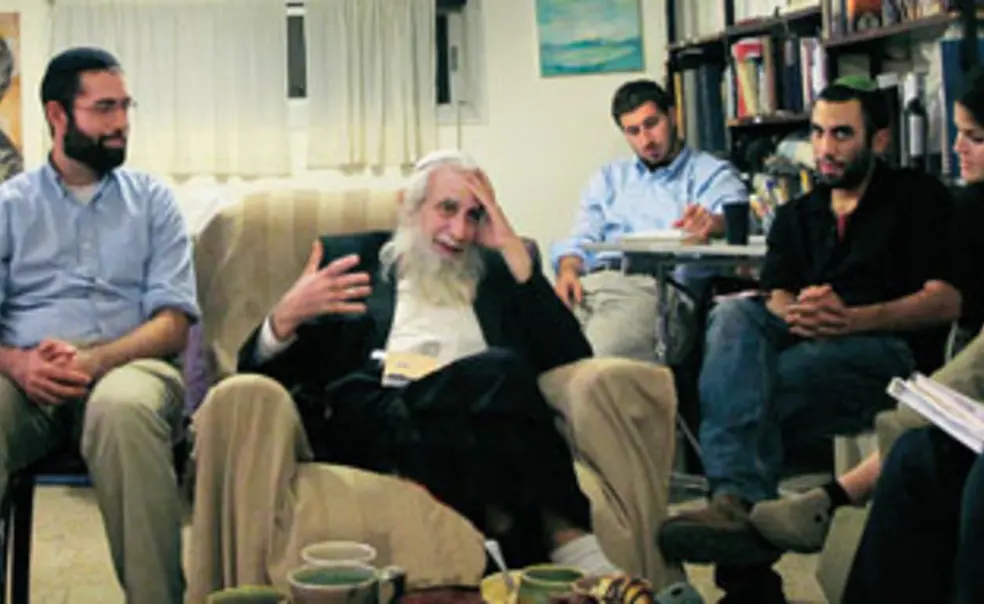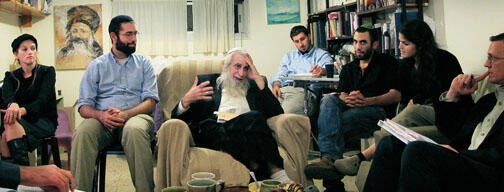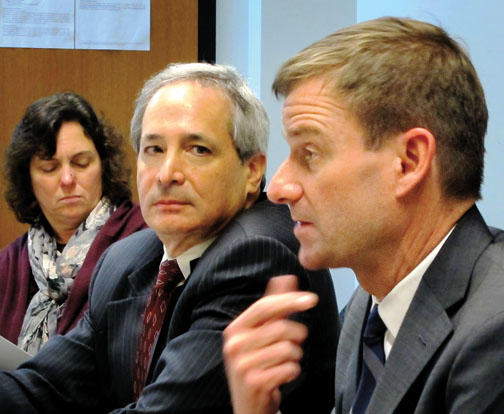Grad students offer U.S. envoys a ‘2.5-state solution’ for Mideast
Policymakers have spent decades wrestling with the Israeli-Palestinian conflict. Graduate students in a fall Woodrow Wilson School policy workshop had an extra challenge: Develop a set of policy recommendations for a briefing with top U.S. envoys in a single semester.
“We faced a bit of an uphill battle,” with 14 weeks of class and a 10-day visit to Jerusalem and the West Bank, said Jesse Singal GS. “But given the constraints, I think we were able to find out a lot and put together a pretty good product.”
Singal was one of nine Woodrow Wilson School M.P.A. students in “Exploring Alternatives to the Two-State Solution,” taught by Professor Daniel Kurtzer, former U.S. ambassador to Israel and Egypt. The course description notes that while the search for Israeli-Palestinian peace historically has focused on the two-state solution, peace talks have stalled and views on both sides have hardened.
The students conducted 70 interviews with politicians, journalists, academics, and religious leaders from across the political spectrum, including Tzipi Livni, who led the Israeli opposition until recently and now heads a new centrist party; leaders of Jewish Home, a new nationalist, pro-settler party; and Saeb Erekat, an aide to Palestinian President Mahmoud Abbas who was the Palestinians’ chief negotiator during the Oslo accords.
“I’m still a little stunned by some of the people we were able to meet and interview,” said Carl Westphal GS. “What a wonderful opportunity to pick the brains of people who have spent decades researching and working with this issue, and who are affected every day by this conflict.”
“When [the students] came back, they were totally focused on ‘What do we do about this now?’” Kurtzer said. “It’s the movement from being a student to being a potential practitioner.”
The students’ proposal — the “2.5-state solution” — would create a Palestinian state in the West Bank while letting Gaza temporarily remain a Hamas-controlled “statelet.” The Israeli attack on the Gaza Strip that followed Hamas rocket attacks — just three weeks after the group returned — showed that the status quo isn’t stable, Jane Farrington GS said, and that it’s in the best interest of the United States to try to resolve, rather than manage, the conflict. The students believe their plan would help start negotiations and build momentum to bring Gaza into a final peace deal.
The students’ presentation to U.S. Special Envoy for Middle East Peace David Hale and Michael Yaffe, deputy special envoy for the Middle East peace process, quickly turned into a lively conversation, Singal said. “It was unlikely we were going to provide a magic solution, so we saw it as an opportunity to have very smart, skeptical people to bounce ideas off of,” he said.
The students in the workshop concluded early on that the two-state solution is the only viable option, Kurtzer said, but their final report offered “modifications that might make it work better this time than in the past. So when they presented it to the two policymakers, they weren’t just saying we go back to negotiations and hope for the best.”
The big question, Kurtzer said, was whether Hale and Yaffe “picked out any specific ideas as they go back to work.”













No responses yet